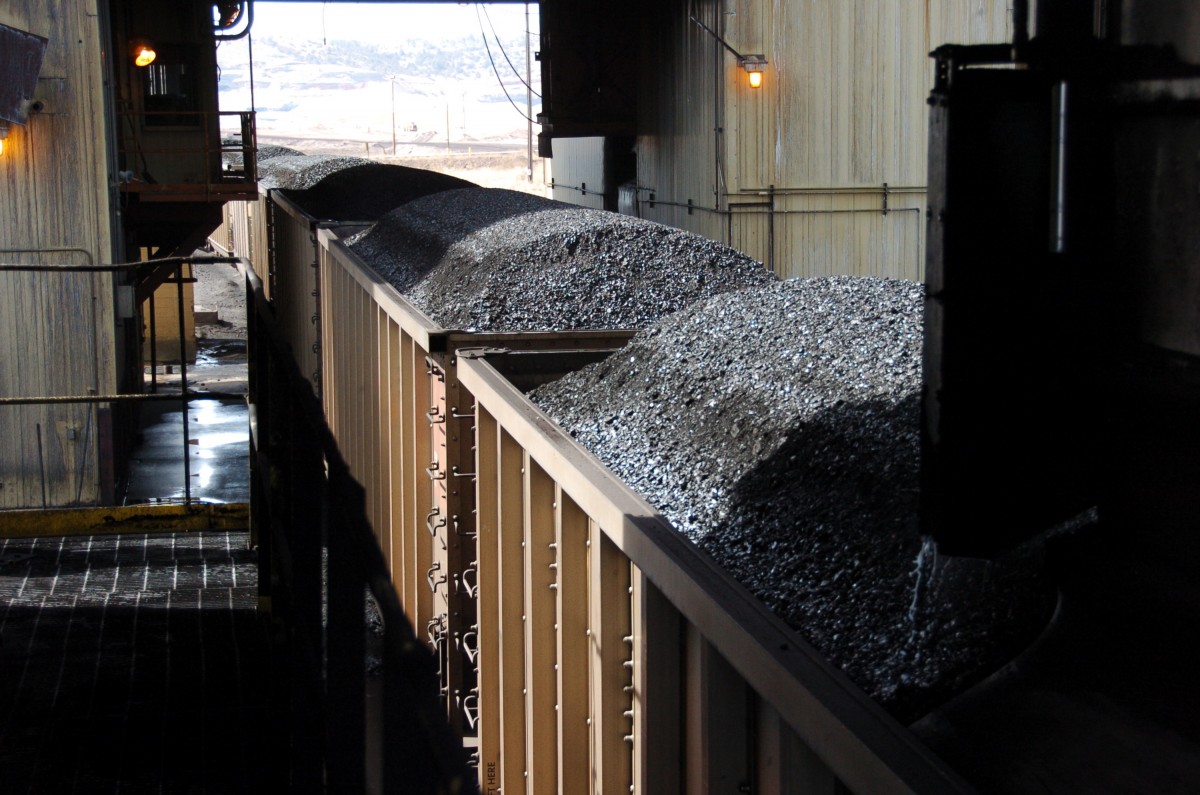CHARLESTON — A bill lowering severance taxes on thermal or steam coal in West Virginia from five percent to three percent will next be taken up on the floor of the state House of Delegates.
Over nearly two hours on Friday morning, members of the House Finance Committee originated, discussed and then advanced the bill on a voice vote that was not unanimous.
Chris Hamilton, senior vice president of the West Virginia Coal Association, called it a jobs bill.
“This will keep those jobs as viable as anything will,” said Hamilton.
“This is the last thing that really stands out as an impediment for our survival.”
The bill does not address the severance tax on metallurgical coal which will remain unchanged.
Because of its origination in House Finance, no fiscal note was immediately available for the proposal, but committee counsel estimated the proposal would reduce general revenues by more than $60 million.
That’s not insignificant, argued Delegate Isaac Sponaugle (D-Pendleton, 55), who was among the opponents of the proposal.
“It’s $60 million that we’re giving away,” he said.
Many of the questions from delegates focused on the bill’s effects on county severance tax shares.
“The counties are held harmless,” Mark Muchow, deputy secretary for the state Department of Revenue, assured delegates. “There’s no downside for the counties.”
As explained to the committee, the current 5 percent severance tax on thermal or steam coal breaks down to 4.65 percent for state general revenues and .35 percent for coal-producing counties and all counties.
The two percent reduction would be to the 4.65 percent state share.
“The industry needs this,” said Delegate Daniel Linville (R-Cabell, 16).
“The families that depend on these good, high-paying jobs, an honest day’s work, need this and 500 jobs is not insignificant to me and that’s just on the primary level,”
An amendment from Delegate Linda Longstreth (D-Marion, 50) pushing back the take effect date of the reduction to July 1, the start of the next fiscal year, was approved.
The original proposed take-effect date was March 31.
By Shauna Johnson




